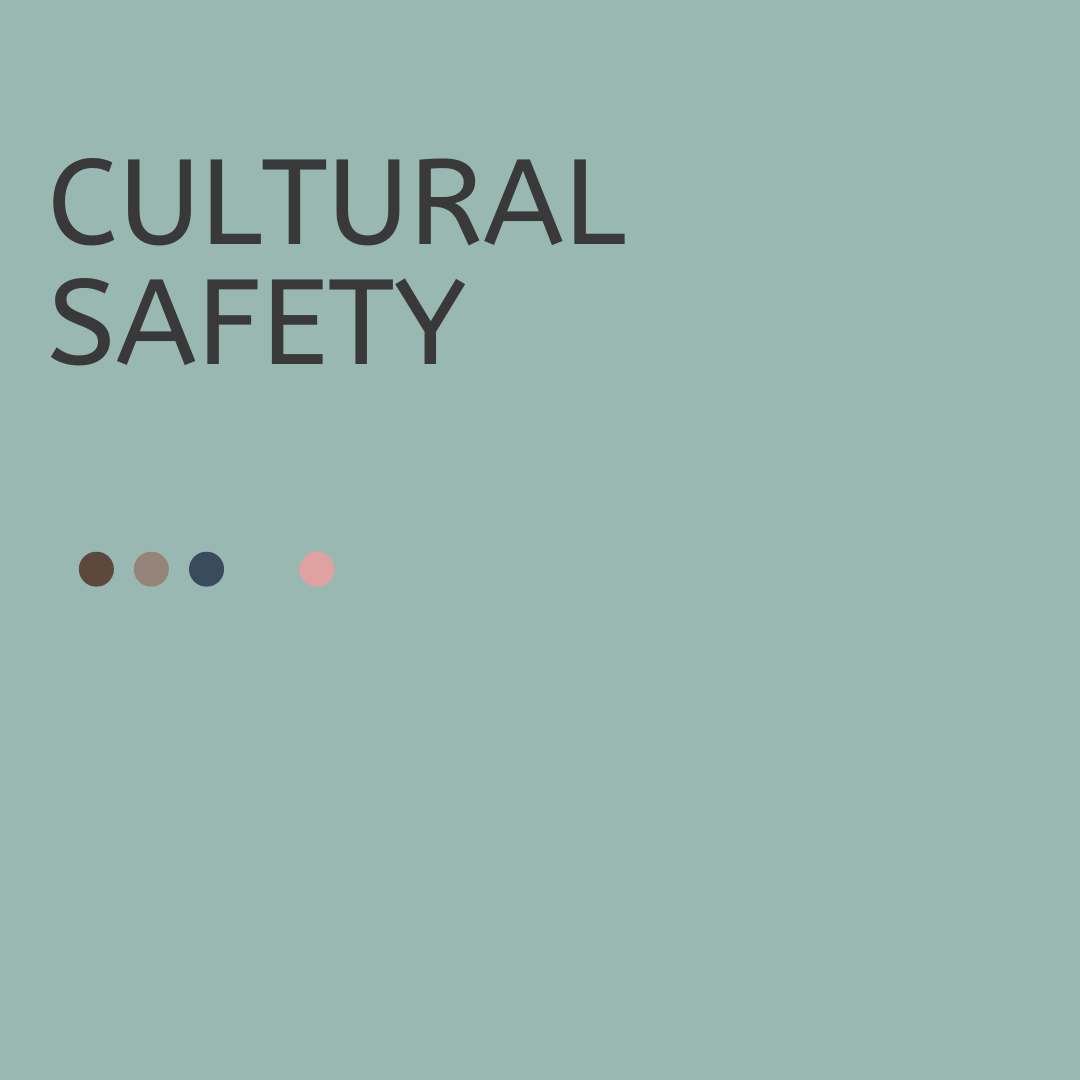What is the ideal definition of a culturally safe workplace?

The term “cultural safety” originated in the 1990s from the health sector of New Zealand. It is used to properly understand individual patients’ healthcare needs in contexts like inequality and racism. However, as per the Australian context, the term is most probably used to look after the healthcare needs of the Torres Strait Islanders and Aboriginals.
It expands beyond the core concepts of cultural sensitivity and cultural awareness. In the days, the particular was developed to help the health service providers make adequate decisions regarding cultural identity. And recognise the fact that if their own cultural identity is impacting the professional practice in any way.
Download the samples of MN603 Assessment Answers
Modern-time cultural safety is all about protecting the rights of the indigenous population and the aboriginal beings within the workplace and educational institution. Organisations are more into investing in the well-being of their employees and students with special backgrounds. Thus, eradicating biasness, if any.
While organisations make their employees go through various workshops and training sessions, normalising the tribal cultures. The educational institutions, on the other hand, make tribal studies and ethnic culture a part of their curriculum. Students are made to do homework on the same and get a clear overview of the things to do. When dealing with too many deadlines, they seek professional help for the right type of assessment answers.
Questions that you need to keep in mind while dealing with cultural safety
By now, we are sure that cultural safety is a non-negotiable factor when dealing with people from different ethnic backgrounds and regional minorities. Organisations come up with specific norms to make sure that the ethnic individuals part of them are entirely sound and safe. However, the factors deciding on the safety part do not come easy, and various deciding elements need to be kept in mind. Let’s have a look at those.
- Reasons behind initiating cultural safety in an organisation.
- Stating the facts nice and clear, making it easy for the aboriginals/indigenous to gain the right kind of support from their workplace or educational institution.
- How to take care of the special needs without making them feel left out.
- Vouching for a healthy way to combat biasness and come up with productive ideas balancing the differences between the traditional and non-traditional folks.
The five principles of cultural safety
Now it’s time to have a look at the five principles of cultural safety:
Protocols
Here all you have to do is find out the various forms of cultural engagement and pay adequate respect to those.
Partnerships
It is all about promoting collaborative practice. Here, those seeking help and providing the right solution are welcomed with the same level of importance.
Process
The initiators keep on checking the proposed ideas and initiated frameworks from time to time. All they want is to ensure that the aboriginals receive the right help.
Positive purpose
Make sure that the service recipient (aboriginals) are thoroughly informed of the benefits they are about to receive and that the intention behind it is positive.
Personal knowledge
Here, aboriginals/indigenous individuals are encouraged to understand their community guidelines more deeply. They are also made to go through the common beliefs regarding wellness, health and optimal development. Thus making it easy for everyone to mix without entertaining unintended bias.